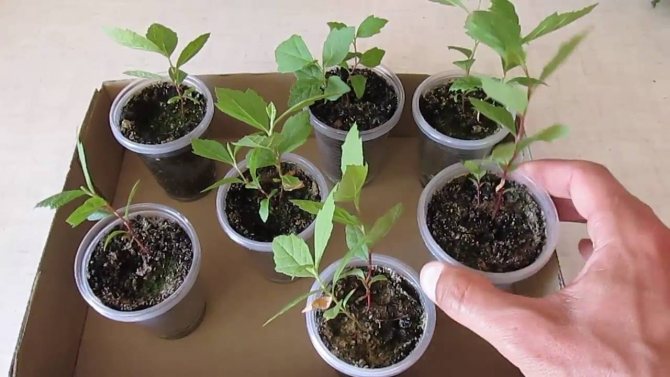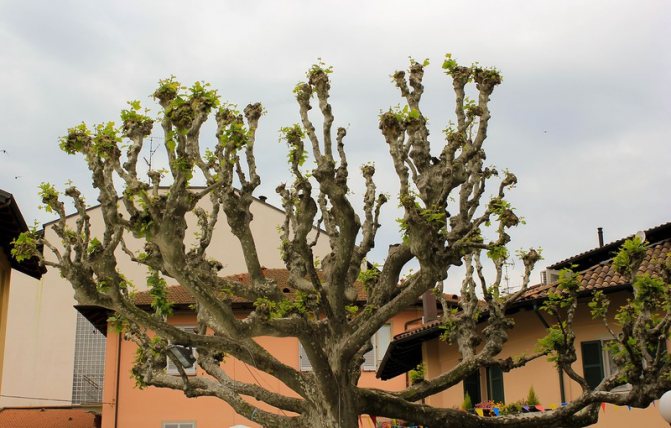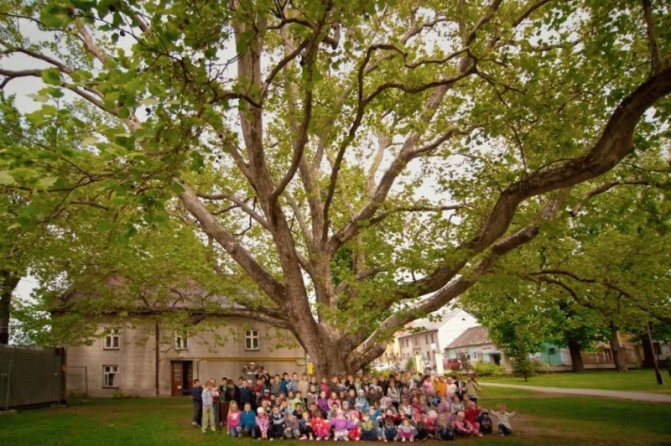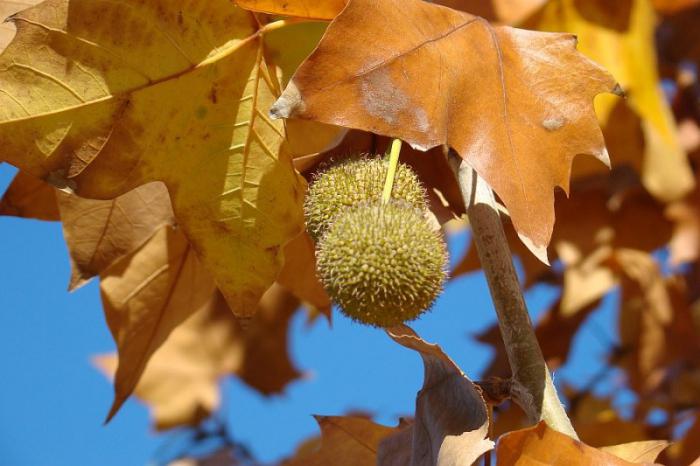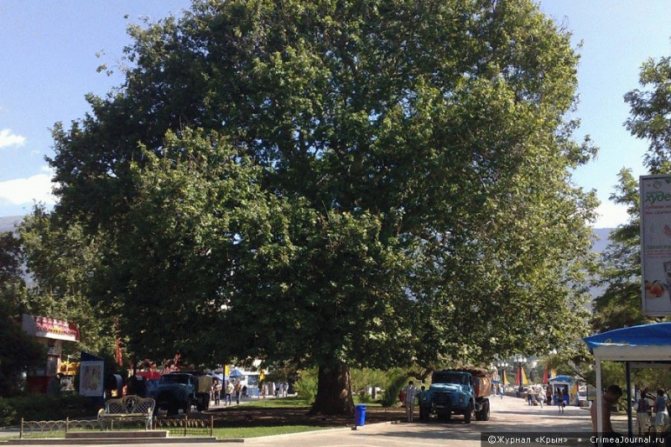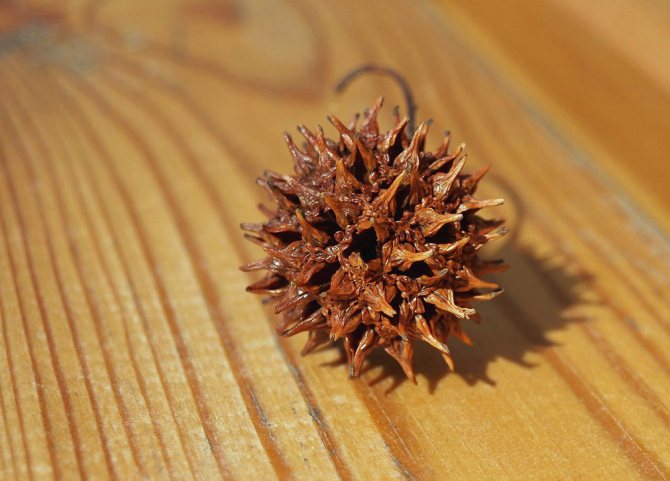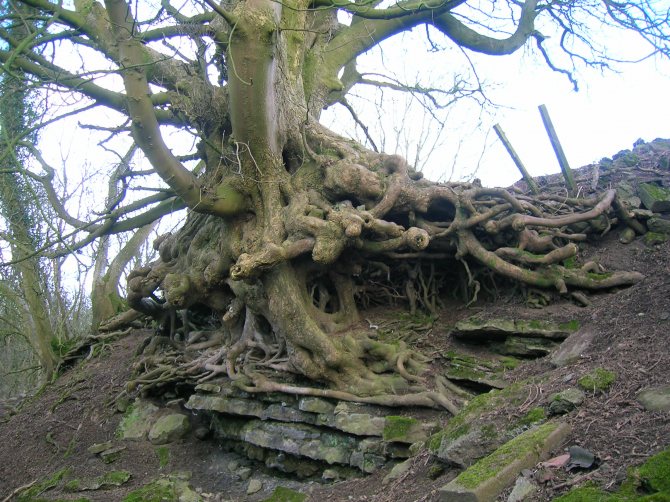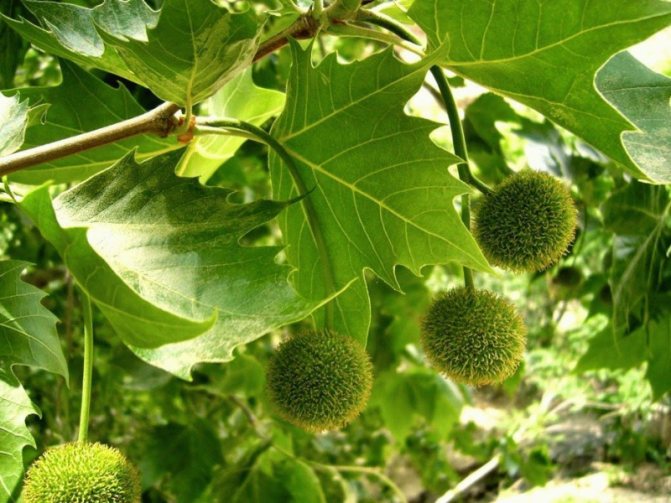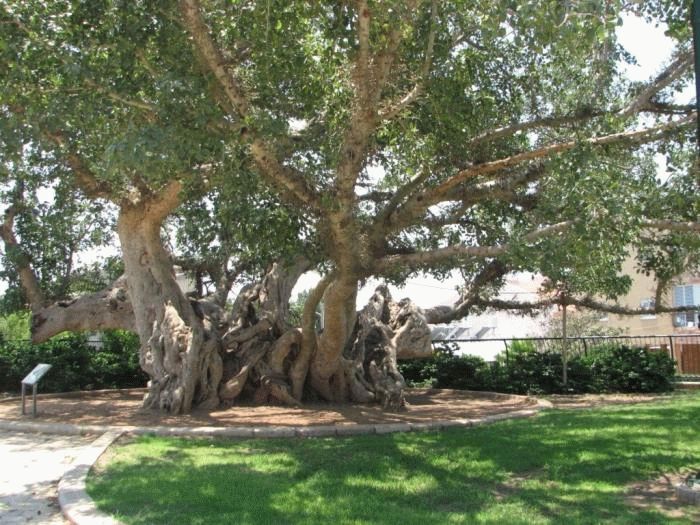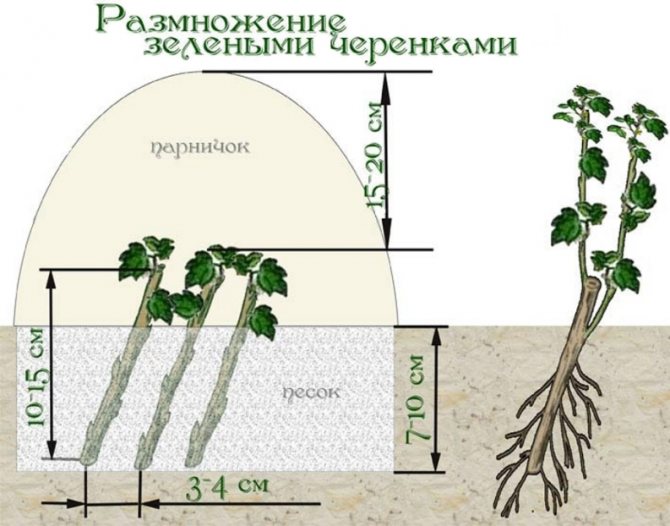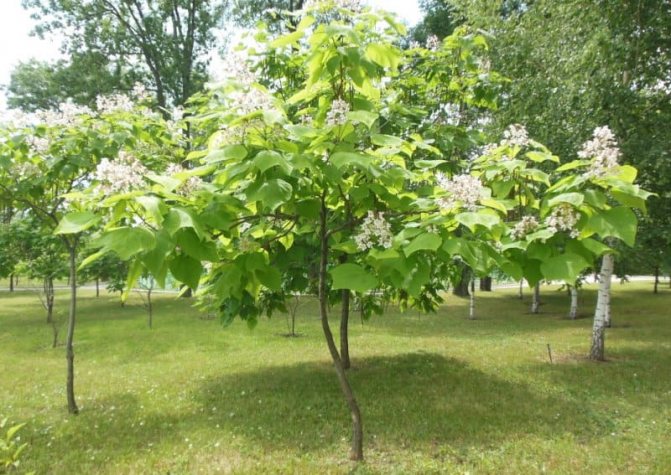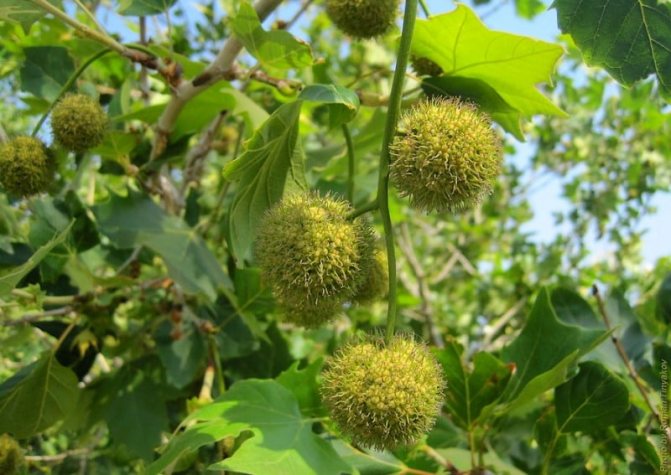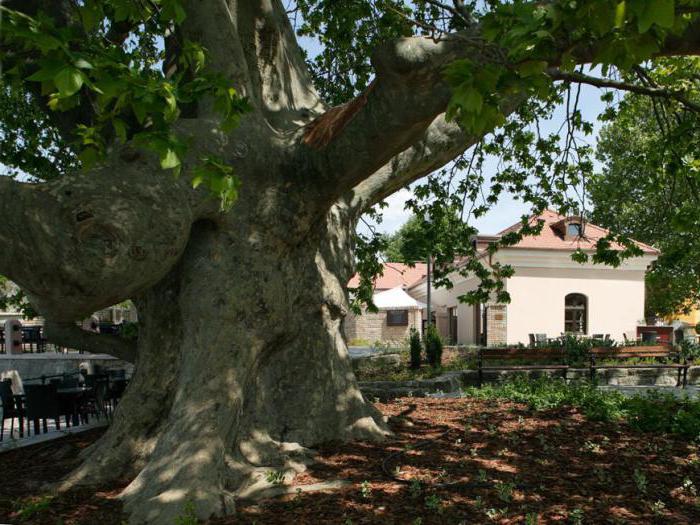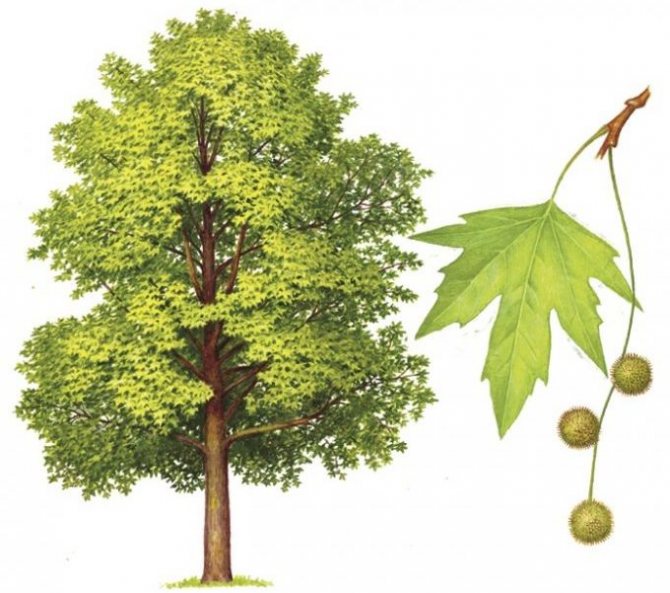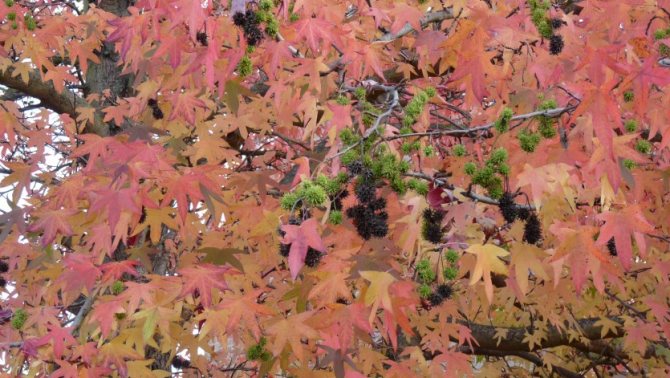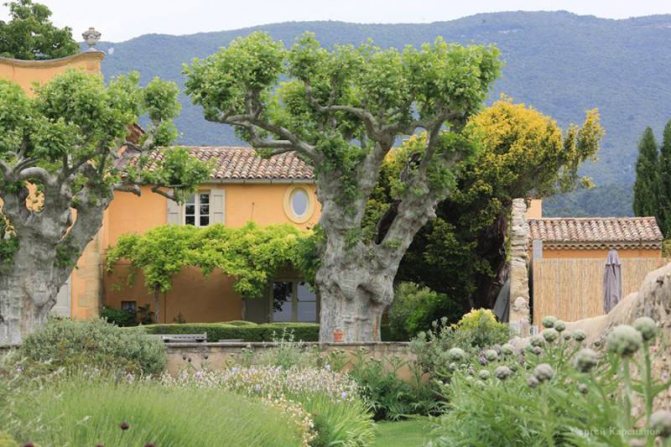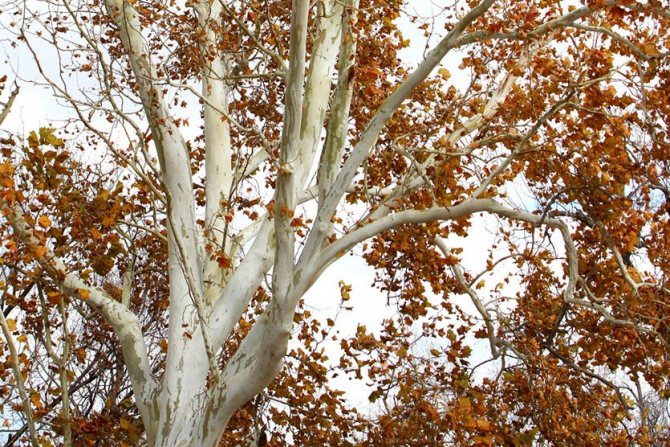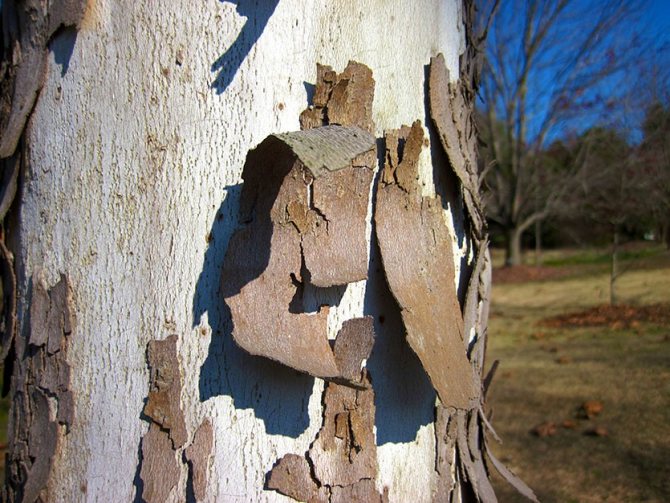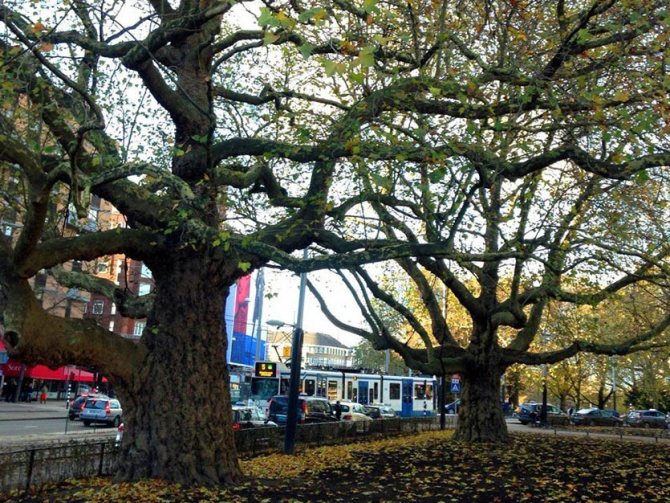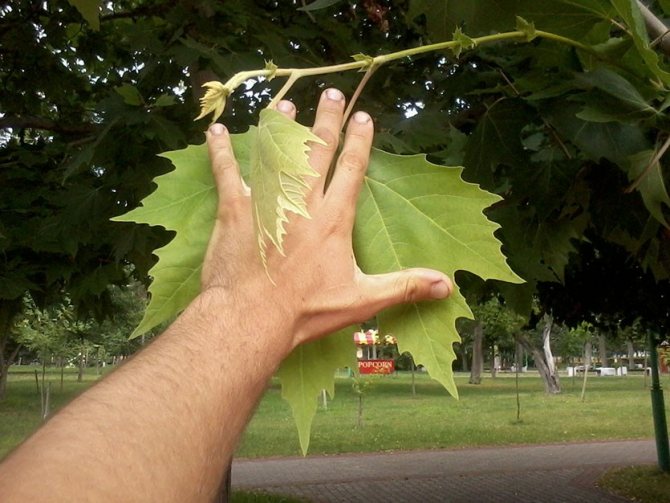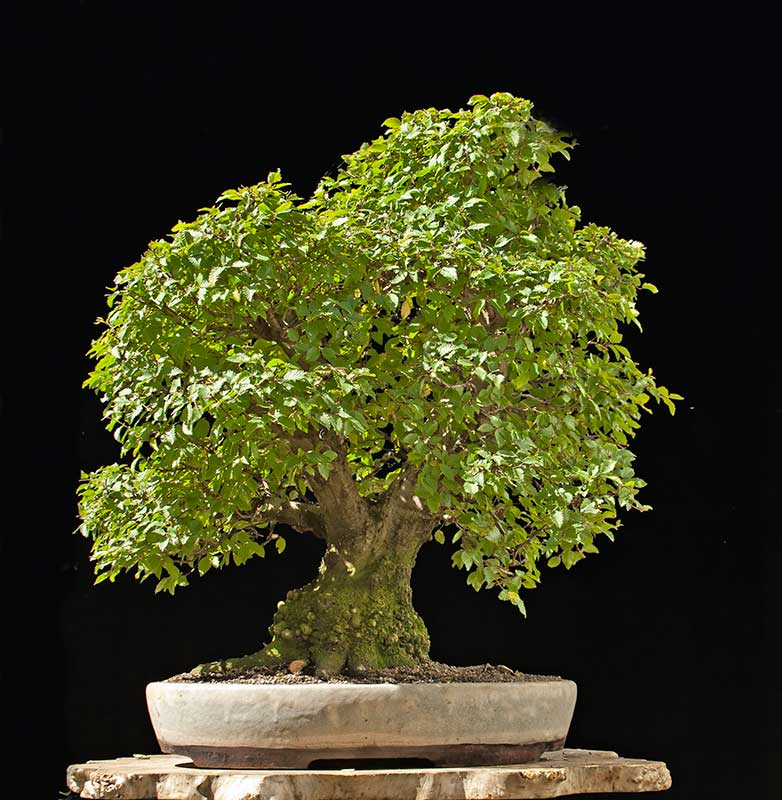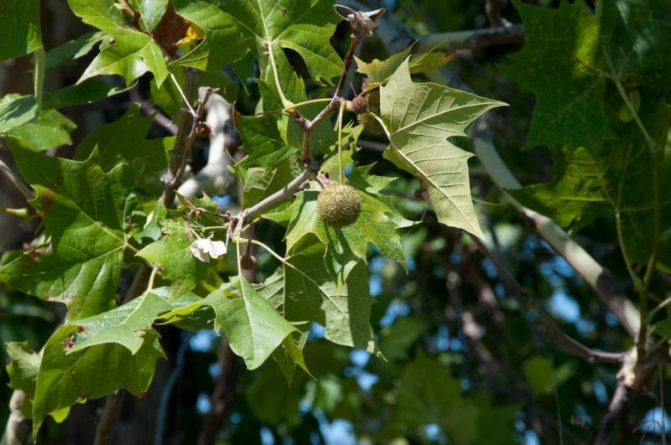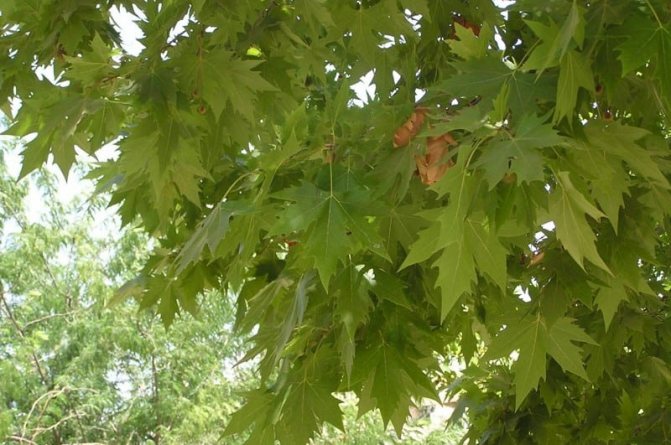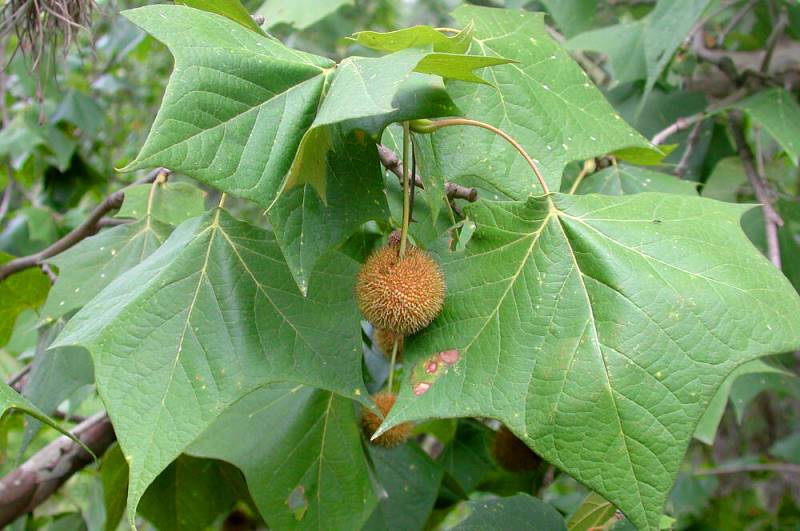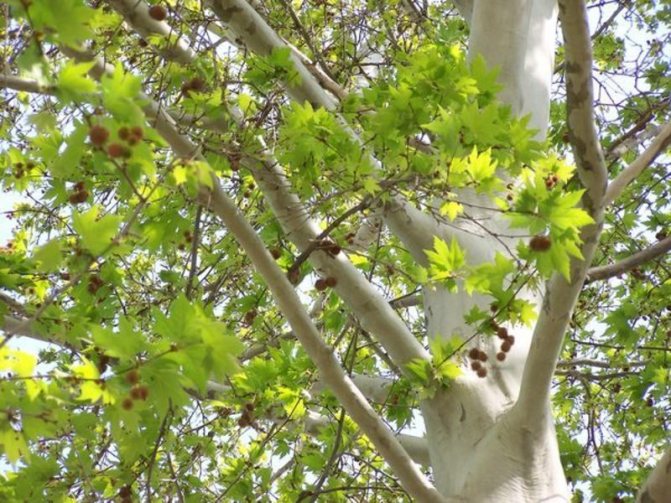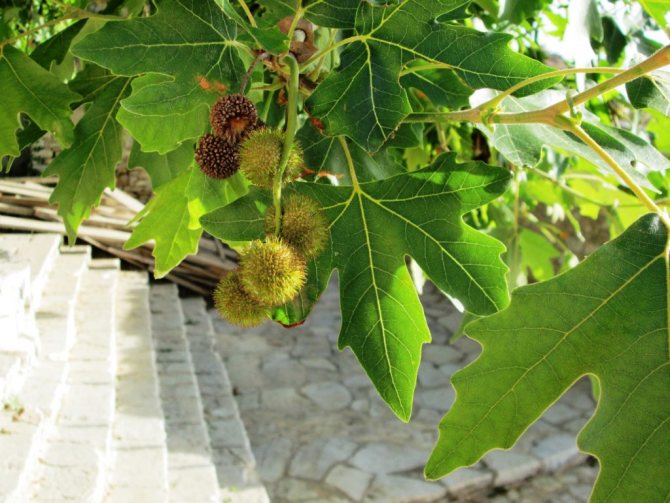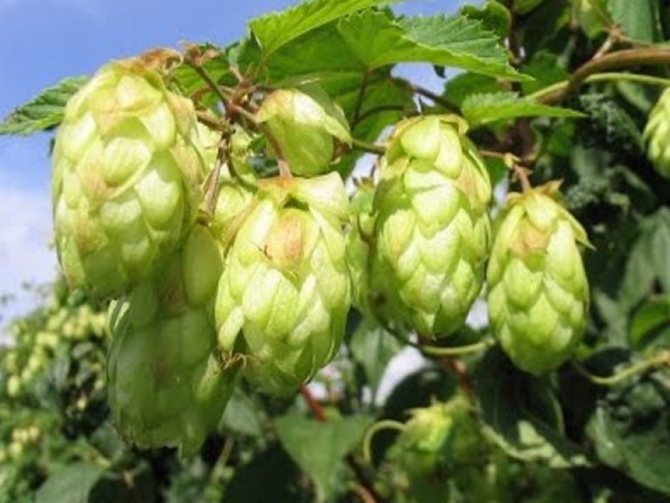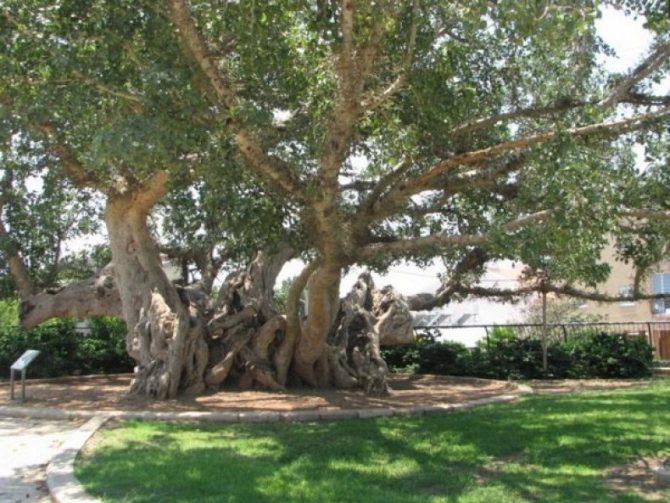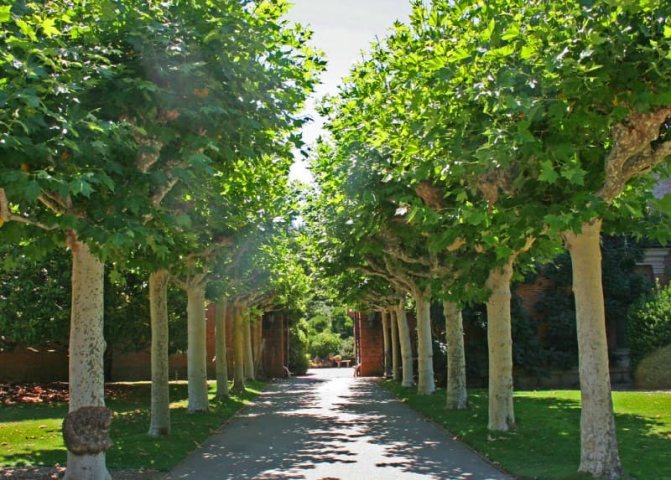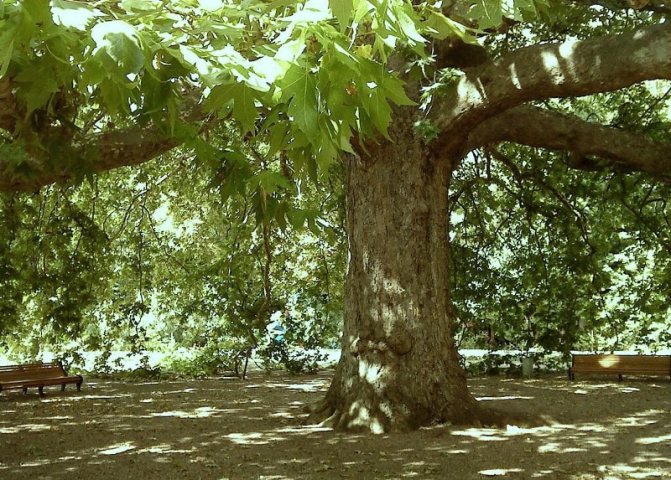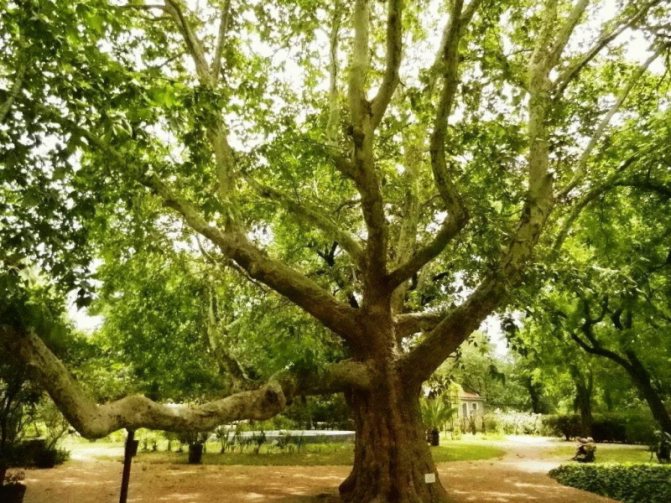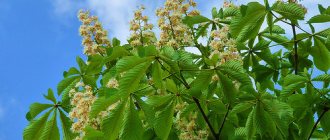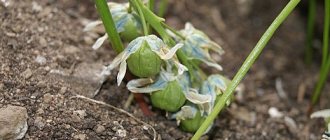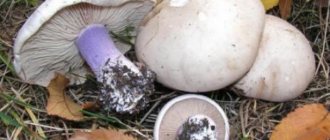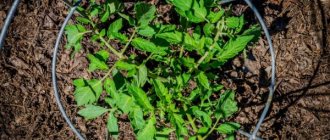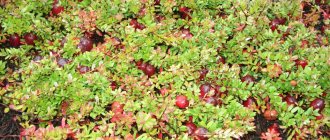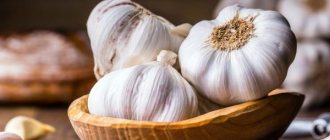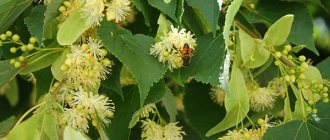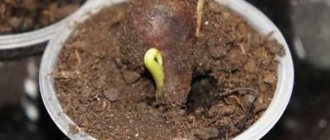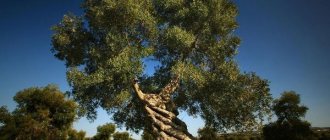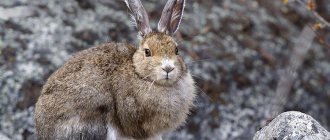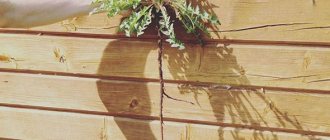Plane tree, plane tree, oriental maple - under these names a majestic tree is known that grows in many countries with warm climates. In Europe, these are Italy, Greece, the states of the Balkan Peninsula. In the Mediterranean - the islands of Crete and Cyprus, Syria, Lebanon, Jordan. The plane tree is found in the valleys of the rivers of Asia Minor and the floodplain forests of Azerbaijan. The tree's habitat covers Indochina, Australia and even North America. The plane tree is also found in Russia under the name of the oriental maple. It received the greatest distribution in Central Asia, where it has been cultivated for one and a half millennia and is called the plane tree.
Long-lived tree
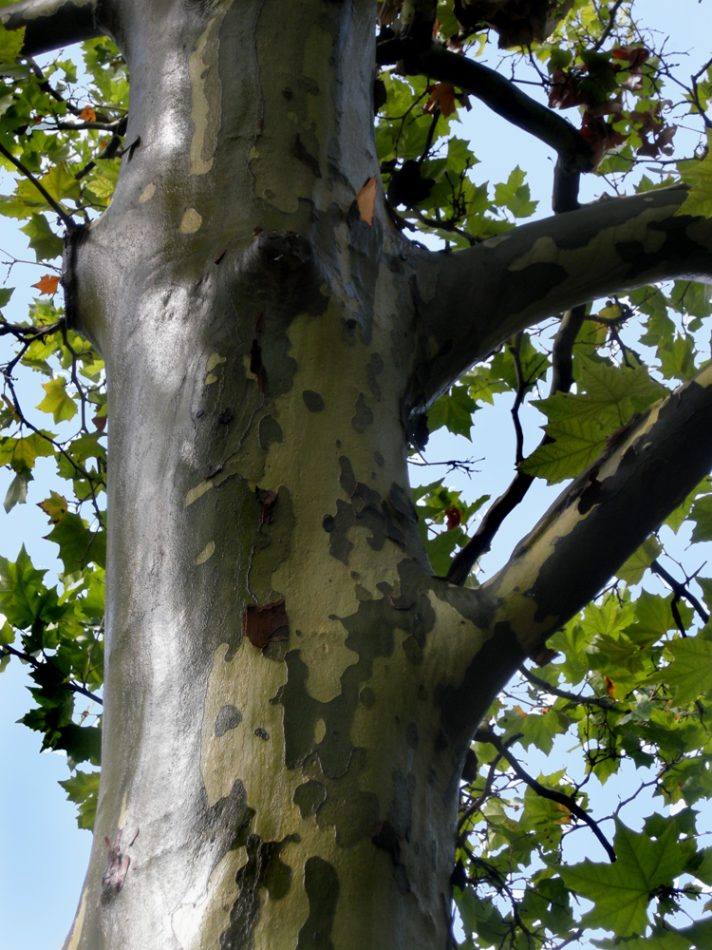
Sycamore is common in North America, East Asia and Europe. It is considered to be one of the long-lived plants. It is known that more than one thousand of the oldest trees grow on the territory of Azerbaijan. What the oldest trees look like can be seen in Turkey, where a specimen grows, which is more than two thousand years old.
This tree has long been revered as sacred. In ancient Egypt, it served as a symbol of the sky and was dedicated to the goddess Nut.
Songs and poems were composed for this tree, its image has been preserved in mosaics on the walls of ancient mosques. The sycamore was considered sacred because no one knew how long the sycamore lived.
Diseases and pests
Of the tree infections, fungal infections are the most dangerous for plane trees. When infected, the bark reacts first with the appearance of a dark coating. Then the disease causes the branches to dry out, and, in the future, the death of the entire tree. The carriers of fungal diseases are often tree parasites (sycamore lacemaker). Therefore, for the prevention of fungal infections, insecticides should be used (Aktara, Aktellik, Karbofos).
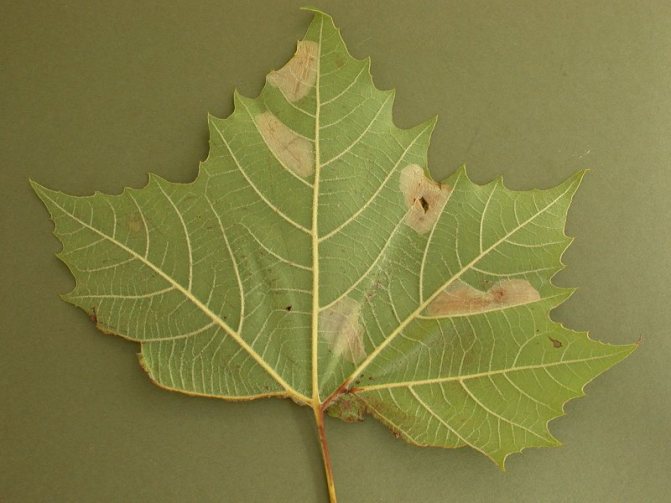

The fungal infection of the foliage is called anthracnose. The disease is manifested by a change in color, the appearance of cracks in the leaf plates. An effective measure to combat anthracnose is the use of fungicides (Fundazol, Bordeaux liquid).
Description of the plant
The sycamore tree belongs to deciduous plants. The species is distinguished by a wide spreading crown and a high, up to 45-60 m, trunk. The circumference of an adult tree can be 18-20 m. There are evergreen varieties, which include platanus kerrii.
The trunk of the tree is covered with greenish bark, which over time peels off in large layers, as a result of which a bizarre pattern forms on the surface. Sycamore leaves are large. The length of the leaf is up to 20 cm. There are up to seven lobes on one leaf. Outwardly, they resemble maple leaves. In young plants, leaves are densely pubescent.
Growing bay leaves at home
The sycamore belongs to dioecious plants. Small flowers are collected in multi-headed inflorescences. Male flowers are yellow, collected in large spherical inflorescences, female flowers are bright red in color. Flowers bloom simultaneously with leaves in late April - early May.
The fruiting period begins in six years. Plane tree fruits are nuts, collected in round-shaped seedlings of greenish-brown color. The ripening period occurs at the beginning of autumn. They remain on the branches almost all winter.
Plane tree seeds are small.Near the base of each seed there is a small bunch of rigid outgrowths. Once ripe, the seeds are carried by the wind over long distances.
Features of culture
In the East and on the Balkan Peninsula, people have long been growing plane trees near their homes, public institutions and parks. Thus, they create a certain shade on hot days. The word chinar comes from Turkish and Persian. In ancient times, poems were written about such plants and whole legends were created.
The oriental plane tree is a large and tall deciduous tree. The crown of the culture is low, has large foliage and is widely branched. Curved branches extend from the trunk at an angle of ninety degrees, and the lowest ones are inclined towards the surface of the earth.
The leaves on the branches are most often five-lobed, in some cases seven-lobed, and on young crops, three-lobed ones can also be found. The total length of the sheet reaches thirteen centimeters, width up to sixteen. And also many-nut fruits grow on the plane tree, they endure the winter, and with the onset of spring they break up into small nuts. They ripen throughout the year, after which they divide into small fruits and are carried by the wind. Small fruits of the plant are affectionately called plane trees.
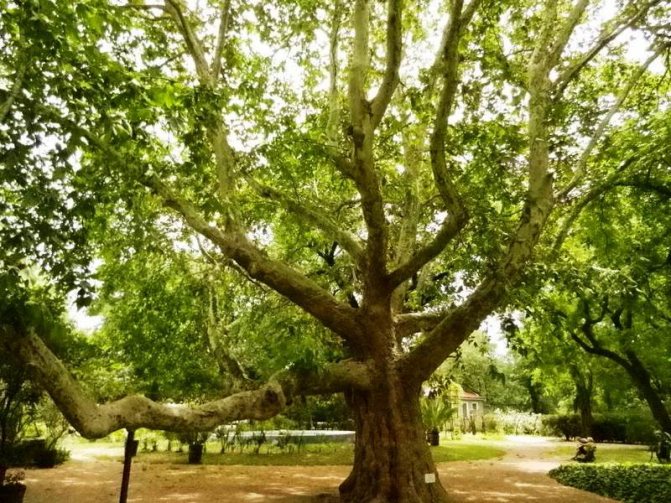

Even the most successfully taken photos cannot convey all the beauty and unusual appearance of the sycamore tree. The tree amazes the beholder with everything: from the leaves to the graceful crown. The plane tree is a real favorite of many gardeners, as it has high decorative qualities.
Korean fir: description of varieties, planting and care
The wild plane tree grows along the banks of reservoirs and rivers, on the territory of valleys, mountains, riparian groves. And also the plant feels comfortable at an altitude of up to 1,300 meters above sea level.
Varieties of plane trees
Platan is widely spread in the countries of America, East Asia, and the Mediterranean. Wild specimens grow along the banks of rivers and water bodies, forming small groves. Currently, there are about 10 species of plane trees. Wild species and hybrid varieties are known.
The main difference between the species of sycamore tree is the appearance of leaves and fruits. There are several types of this plant:
- Platanus ordinary... The tree reaches a height of 35-40 m, forming a round crown. The plant grows very quickly. Widespread in North America since the late 18th century.
- American plane tree, or western. This is the largest variety. The height of individual specimens can reach a height of 50 m. Leaves are 3-5-lobed. Inflorescences are single-headed. This species is most common in Western Europe, Belarus, Stavropol, Dagestan, Adygea.
- Oriental plane tree, or plane tree. The leaves have narrow lobes. The edges of the plate are slightly serrated. Flowers are collected in complex multi-headed inflorescences. Chinara grows in the Crimea, Ukraine, Central Asia, Moldova.
- London plane tree, or maple-leaved. It is a hybrid species of western and eastern species, which is distinguished by long, five-lobed leaves, reaching a length of 20 cm and having a heart-shaped base. This species is resistant to low temperatures and tolerates winter frosts. It is grown in the Caucasus, Armenia, Crimea.
Description and cultivation of small-leaved linden
Types and features of the tree
The nomenclature of plane trees has 10 species, scattered all over the planet.
Among the most common are:
- Western sycamore: more common in North America, has features due to climatic conditions. Its height is much smaller than its counterparts, reaching only 30-35 meters, this plant is resistant to cold, picky about the choice of soil, but does not tolerate drought.
- The eastern plane tree is easy to find in the countries of the Caucasus and southern Russia, it follows that it is not adapted to low temperatures, it requires high humidity: about 80%, constant heat and sufficient access to sunlight all year round.
- The common plane tree is the result of hybridization of the two previous species; it is its decorative forms that are used in the park design of the countries of America and Europe.
In Russia, this family of plants is mostly represented by oriental or common species, and they are rarely found in the middle latitudes and to the north, since young trees require proper care.
For the middle zone of our country, botanists and experienced gardeners are advised to give preference to the western look: it is able to adapt to the difference in average annual temperatures and their drop to 30-35 degrees below zero.
Planting and leaving
Young plants are planted in open ground in spring or early autumn. The tree is unpretentious to the composition of the soil, but the plane tree will grow faster in loose, well-drained, fertile soil. Usually the plant is planted along water bodies. Chinara prefers sunny areas protected from drafts and strong winds.
During the period of active growth, the tree should be watered regularly. In the hot season, the amount of watering should be increased. Chinara needs periodic pruning, during which the crown is formed and infected and dry branches are removed. Some types of wood do not tolerate winter drops in temperature. To prevent freezing, in autumn the roots of the plant are mulched with spruce branches, sawdust and fallen leaves.
The plant is not susceptible to disease and insect pests. Special fertilizing with mineral fertilizers is not required. Top dressing can speed up the growth of young shoots somewhat.
Plane tree propagation
The sycamore is propagated by layering, cuttings, seeds and root suckers. In the wild, the plant reproduces by self-seeding when ripe seeds are carried by the wind or birds. Most often, the plant is propagated by cuttings and seeds:
- Reproduction by seeds. At home, to obtain young shoots in the fall, fruits are harvested, placed in a bag and buried. In this case, the temperature should not be lower than 10 degrees. This procedure will help harden the seed and prepare it for planting. After that, the seeds are planted in small containers filled with nutrient soil. The seeds germinate very quickly. It should be remembered about watering, which should be moderate.
- Propagation by cuttings. Shoots are harvested in the fall and placed in containers with water, which are stored in a cool place. With the onset of spring, they are planted in open ground in a permanent place.
Laurel tree: the history of the shrub, description and planting of the house
The rest of the landing methods are used very rarely.
How to grow a sycamore tree from seeds
Oriental maple can be grown by cuttings or layering (for cultivated plantations) or use the year-round germination that nature has given. The seed germinates directly from the previously prepared soil: the soil needs to be loosened and fertilized to allow the tree to multiply in more comfortable conditions. A description of how to grow a sycamore tree from seeds can be found on sites dedicated to landscape design.
When choosing a place where the eastern plane tree will grow, it is necessary to provide for the necessary distance from buildings and structures. The powerful root system of this giant tree can damage even strong foundations.
Medical use
The bark and leaves of the sycamore tree have a rich chemical composition. The bark contains triterpenoids - betulinic acid, betulin, betulinaldehyde. The leaves of the plant are rich in flavonoids, caffeic acid, myrcetin.
The use of sycamore leaves helps to lower cholesterol levels, strengthen the walls of blood vessels, and prevent the development of atherosclerosis. However, the plant is not used in official medicine. Its beneficial properties have found application in traditional medicine and homeopathy.
It is noted that decoctions from leaves and bark have an antitumor, analgesic and sedative effect. In the countries of East Asia, a decoction from the bark of the eastern plane tree is used as a hemostatic agent. It is used for poisonous snake bites.
Healers treat with infusions and decoction of the bark diarrhea, dysentery, toothache, colds. Leaf ashes are used to prepare a healing ointment for the treatment of wounds, burns, frostbite.
General information
In ancient times, Platan was named "Oriental Maple" due to the similarity of leaves with maple leaves. But this is at first glance. If you look closely, you can see the difference with the naked eye. Moreover, the Sycamore tree is several times older than the maple tree. Rumor has it that he saw dinosaurs, but unlike them, he did not disappear from the face of the Earth.
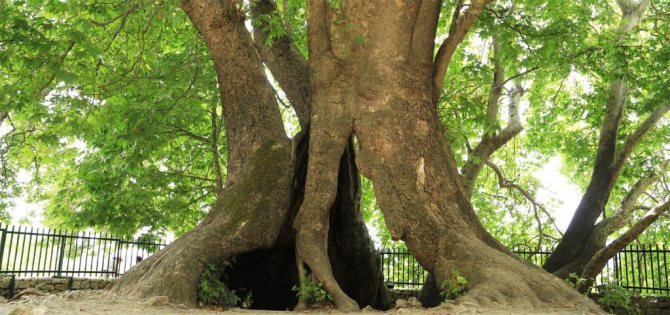

Eastern peoples call the Platan Chinara. Many giants were even given personal names, composed legends, and endowed with magical properties. Their image flaunts on the mosaics of eastern mosques, Iranian miniatures, wall landscapes. Many peoples worshiped him, considered him sacred. The lovers sought to touch him in order to carry love and fidelity throughout their lives.
Description
Belongs to the category of large trees. The height can reach 60 meters, the trunk is 13.4 meters in diameter, its circumference reaches 42 meters.
The oldest confirmed age of the Sycamore is 2300 years. The specimen grows in Turkey.
Found on all continents. It grows fast enough, has a dense crown, a powerful trunk. Not afraid of severe frosts, but feels best in warm climates. Under its crown, townspeople and villagers can take refuge on sultry summer days.
Flowering begins in early spring. Flowers delight for a short time. Collected in inflorescences of 5-6 pieces, have a yellow-green or crimson color, depending on gender. The main characteristics of the Sycamore:
| Family type | Plane |
| Growing period | Perennial |
| Vegetation form | Tree-like |
| Preferred growing places | Sunny and open space |
| Average height | 35-45m |
| The peak of decorativeness | Spring - Autumn |
| Fruit | Ball nuts |
| Fruit ripening period | All year round |
| Where is applied | They decorate alleys and squares, park areas, and plant them as hedges. Landing can be both single and group. The bark and leaves have medicinal properties. Unique and durable interior items are made from wood, but not on an industrial scale. |

